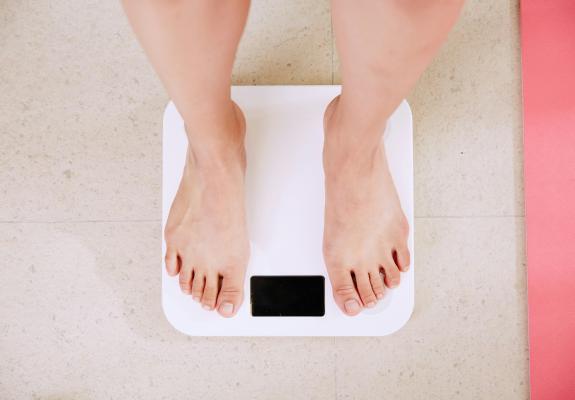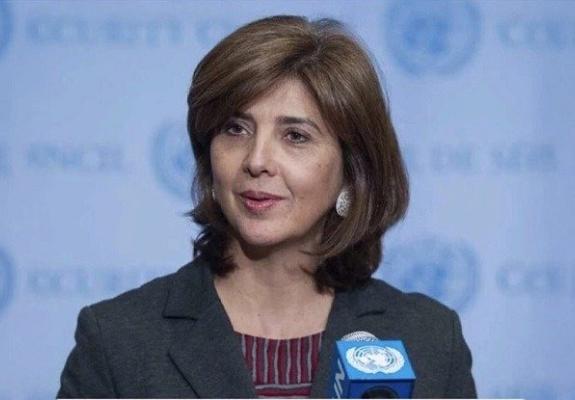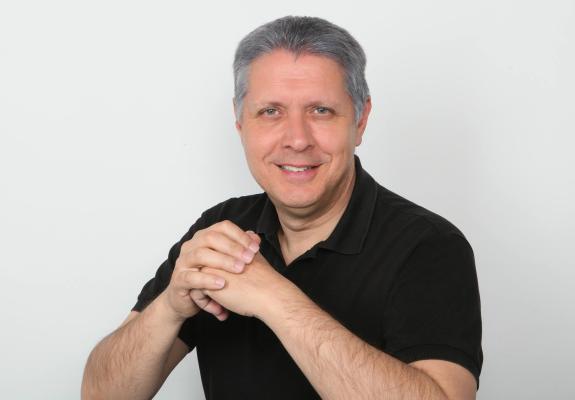The Evolution of Creativity: How AI is Transforming Artistic Professions
Does AI enhance or replace artistic workflows?
The integration of artificial intelligence (AI) into artistic professions marks a significant shift in the landscape of creativity and production. As AI technology advances, it is increasingly being utilized to enhance artistic workflows, expand creative boundaries, and streamline processes. This article explores how AI is transforming artistic professions, providing insights into the evolving role of artists and showcasing case studies of successful human-AI collaborations.
Artificial intelligence has opened up new realms of possibilities for artists across various disciplines, including visual arts, music, literature, and film. AI algorithms can analyze vast amounts of data, recognize patterns, and generate content, thereby acting as a powerful tool for artists to push the boundaries of their creativity.
In visual arts, for instance, AI-powered tools like DeepArt and Google's DeepDream enable artists to create intricate and surreal images that would be impossible to achieve manually. These tools analyze existing artworks and apply their styles to new images, allowing artists to experiment with different aesthetics and techniques. Similarly, in music, AI composition software like AIVA (Artificial Intelligence Virtual Artist) helps musicians compose original pieces by understanding musical structures and generating melodies.
Several artists have successfully integrated AI into their creative processes, demonstrating the potential of this technology to enhance and transform artistic production.
Mario Klingemann, a pioneer in AI art, uses machine learning algorithms to create thought-provoking pieces that explore the intersection of human and machine creativity. His work often involves training neural networks on large datasets of artworks to generate new, unique pieces. Klingemann views AI as a collaborator that brings new perspectives and ideas to his creative process.
In literature, the collaboration between poet Ross Goodwin and an AI named 'Jetson' resulted in the creation of a novel titled "1 the Road." Jetson, equipped with various sensors and cameras, generated text based on real-time data inputs during a cross-country road trip. Goodwin edited and structured the AI-generated content into a coherent narrative, showcasing the potential of AI to assist in storytelling.
AI not only assists artists in their existing workflows but also enables the creation of entirely new forms of art. Generative adversarial networks (GANs), for example, can produce highly realistic images and animations, opening up possibilities for virtual reality (VR) and augmented reality (AR) experiences. Artists can leverage AI to create immersive environments and interactive installations that engage audiences in novel ways.
Additionally, AI can analyze audience preferences and feedback, allowing artists to tailor their work to better resonate with their audience. This feedback loop enhances the artist's ability to create meaningful and impactful art.
Beyond creative enhancement, AI also streamlines various aspects of artistic production. Time-consuming tasks such as image editing, color correction, and sound mixing can be automated using AI-powered software. This automation allows artists to focus more on the creative aspects of their work and less on technical details.
For instance, Adobe's Sensei AI platform offers tools for automating repetitive tasks in graphic design and video editing. These tools can intelligently crop images, suggest design elements, and even generate video previews, significantly reducing the time and effort required for production.
While AI technology offers numerous benefits to the artistic professions, it also presents significant challenges, particularly concerning job displacement and the potential loss of traditional artistic roles. As AI becomes more adept at generating high-quality art, music, and literature, there is a growing concern that human artists may find their skills devalued and their job opportunities diminished.
One of the primary concerns is that AI's ability to produce creative works quickly and at a lower cost could lead to a reduction in demand for human artists. This is particularly evident in industries such as graphic design, where AI-powered tools can generate logos, advertisements, and other visual content with minimal human intervention. For instance, platforms like Adobe Sensei automate complex design tasks, potentially reducing the need for skilled designers (Google Research).
In the music industry, AI composers like AIVA can create original compositions that rival those produced by human musicians. This capability could impact job opportunities for composers and musicians, especially in commercial fields such as advertising and film scoring, where cost efficiency is a significant consideration (Google Research).
Moreover, the rise of AI-generated art raises ethical questions about authorship and originality. If an AI can produce a painting or compose a symphony, who owns the rights to that work? These issues are still being navigated legally and culturally, but they contribute to the uncertainty faced by artists as AI continues to advance.
Artists may need to adapt by developing new skills that complement AI technologies. This could involve learning to use AI tools to enhance their creative processes or focusing on aspects of art that are uniquely human, such as emotional expression and nuanced storytelling. However, this transition may not be easy for all artists, particularly those who specialize in traditional techniques.
As AI continues to evolve, its impact on artistic professions will likely become even more profound. While some fear that AI could replace human artists, others believe that AI is more likely to serve as a collaborator and enhancer of human creativity. By automating routine tasks and providing new creative tools, AI allows artists to explore uncharted territories and expand their artistic horizons.
In the future, we can expect to see more artists embracing AI as a valuable partner in their creative journeys. The fusion of human intuition and emotion with AI's computational power and data-driven insights will undoubtedly lead to the creation of groundbreaking and innovative art.
The evolution of creativity through the integration of AI into artistic professions is a testament to the transformative power of technology. AI enhances artistic workflows, expands creative boundaries, and streamlines production processes, ultimately empowering artists to reach new heights of innovation. As we move forward, the collaboration between humans and AI will continue to redefine the artistic landscape, ushering in an era of unprecedented creative possibilities.






